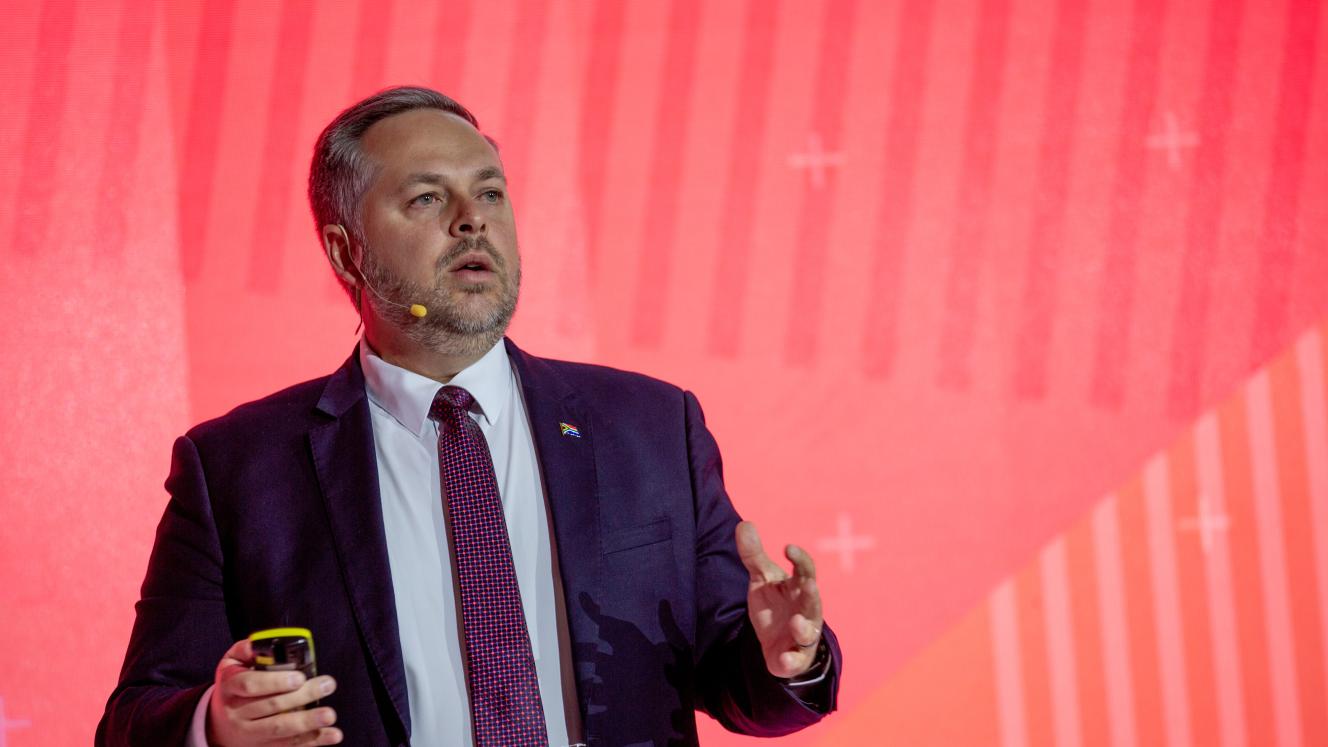South Africa’s Minister of Home Affairs, Leon Schreiber, has outlined the phased rollout of the new electronic travel authorisation (ETA) system, describing it as a “service delivery revolution” with potential to boost arrivals, enhance security and modernise the country’s immigration processes.
Speaking at the TBCSA Leadership Conference in Sun City this week, Schreiber said the ETA aims to replace all manual visa systems with a fully digital process integrating facial recognition and biometric verification.

The pilot, launched with Trusted Tour Operator Scheme partners in February, issued 35 129 tourist visas from China and India in seven months – nearly equivalent to total 2023 arrivals from China, Schreiber said. Building on this, the ETA’s rollout will follow three phases:
- September-October: The ETA will open to G20 delegates from China, India, Indonesia and Mexico. Applications will begin in mid-October, allowing delegates to use the system ahead of the G20 Leaders’ Summit in November.
- Post-G20 Summit: If the system proves stable, access will expand to the general public from the same four countries. Payment integration will be introduced, enabling tourists to apply and pay digitally.
- 2026 onwards: The ETA will be extended to all visa-requiring markets globally with rollouts planned at additional ports of entry beyond OR Tambo International and Cape Town International. Land borders and smaller airports will be included as infrastructure scales up.
Regarding the ETA for visa-exempt countries, Schreiber said: “This does not mean that they will have to do this or have an obstacle placed before them so we are going to have to think about how we get biometrics for visa-exempt travellers.” He called on the tourism sector for assistance in finding the “easiest, quickest” way to ensure visa-exempt markets also adopt the ETA.
The ETA’s dual focus is on efficiency and security. “Gone are the days when a human being with a pen can decide who enters this country. You can fake a document but you can’t fake a face,” Schreiber said.
The platform will allow applicants to scan passports and upload selfies via mobile devices with fraud checks and instant verification. Approved ETAs will be stored in travellers’ digital wallets integrated with flight tickets.
Tourism Minister Patricia de Lille called the ETA a game changer. “Research shows the ETA will add at least one million international arrivals every year and could generate between 80 000 and 100 000 jobs. It is about saying to the world ‘South Africa is open for business’.”
The system will also support visa extensions from 90 to 180 days and rejected applications will be processed digitally.
“The first taste of South Africa is when someone applies for a visa,” said Schreiber. “It cannot be queues, inefficiencies and rudeness. With the ETA, outcomes can be delivered within 24 hours.”
Funding constraints for the Border Management Authority remain a challenge, particularly for scaling infrastructure like cameras and e-gates, Schreiber said. He urged the tourism sector to lobby for support. “This can only work if there’s technology at the borders. You can’t bribe a computer; you either qualify or you don’t.”
The system has been designed with POPIA compliance and cybersecurity built in, drawing on proven technology used by the South African Revenue Service, he added.













